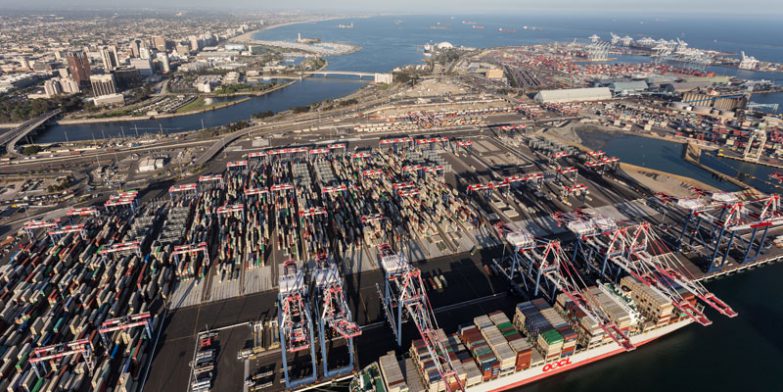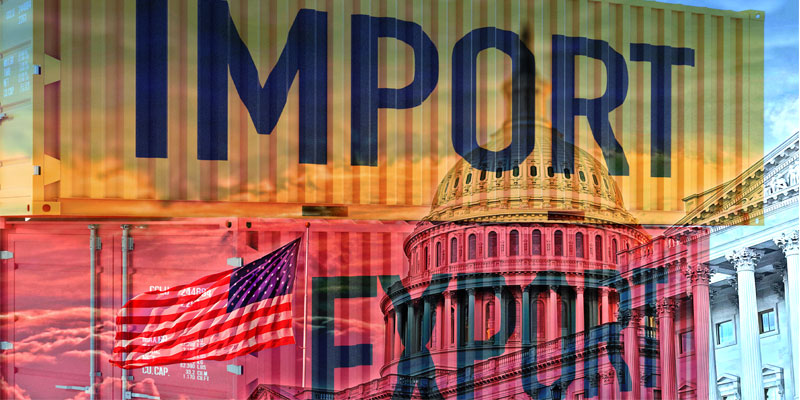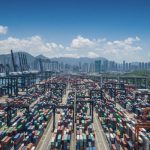
Transpacific container shipping is showing signs of stabilisation after months of volatility, but the market remains unsettled by tariff pressures, shifting trade flows and persistent oversupply.
Spot rates on Asia–US routes continue to ease, though the pace of reduction has slowed, suggesting carriers may be reaching the bottom of the cycle.
The picture is complicated by tariff-driven front-loading, which pushed US imports to record levels in July. A surge in volumes through major gateways reflected shippers’ efforts to bring forward cargoes before new duties took effect, with traffic from Southeast Asia and the Indian subcontinent seeing particularly strong growth. While this lifted overall throughput, it also added volatility to an already fragile market.
West coast spot rates recently slipped by around 3–5%, with east coast services falling by 2–3%. Although still declining, this represents a slower rate of fall compared with earlier in the summer. Carriers have responded with blank sailings, speed reductions and capacity redeployment, though these measures provide only partial relief against an influx of new vessel deliveries. Analysts warn that additional tonnage could deepen the imbalance between supply and demand into 2026, limiting the prospects for sustained recovery.
Meanwhile, July’s surge in US imports contrasted with earlier months of weakness. After year-on-year falls in May and June, July volumes rebounded sharply, marking the busiest month on record for containerised imports. Shipments from China grew more than a third compared with June but still lagged behind last year, reflecting the longer-term shift of sourcing away from China. By contrast, Southeast Asia posted a year-on-year gain of almost a quarter, achieving its highest monthly volume on record. The Indian subcontinent and Southern Europe also saw strong increases.
Looking ahead, the outlook remains uncertain. The National Retail Federation forecasts a decline in US imports in the second half of the year, as tariffs weigh on inflation, consumer spending and demand. For carriers, any late-season peak is expected to be muted, with limited scope for peak season surcharges.
In this environment, stabilisation rather than recovery appears the more realistic prospect. Carriers are left to manage supply through blankings, reroutings and selective scrapping, while trade flows continue to reshape around tariff policies. With oversupply likely to persist into 2026, freight markets will remain highly sensitive to geopolitical and economic developments.
Our flexible, reliable, and cost-effective sea freight solutions are tailored to your needs. Our expert team is here to help you optimise routes, control costs, and deliver on time — every time.





